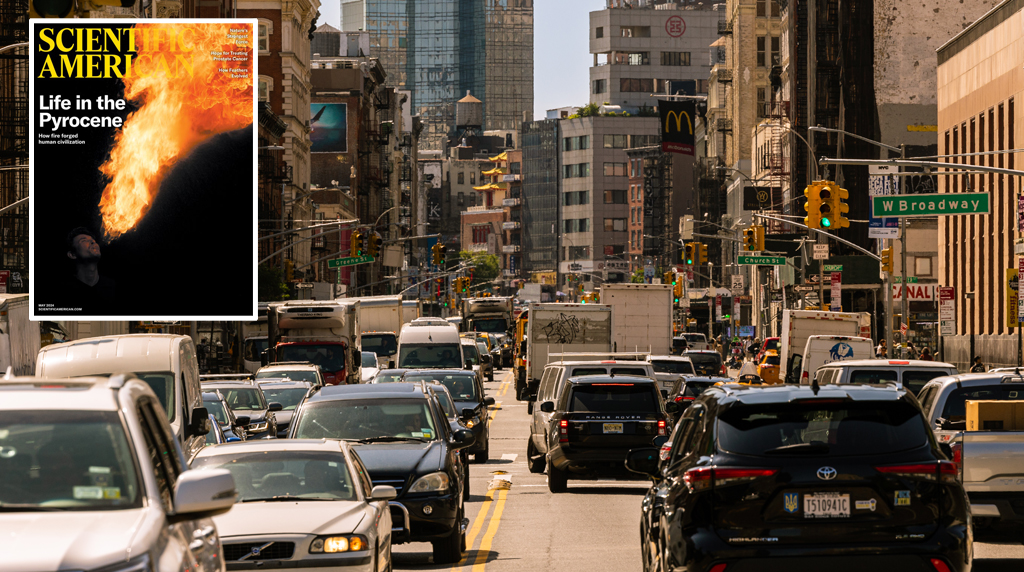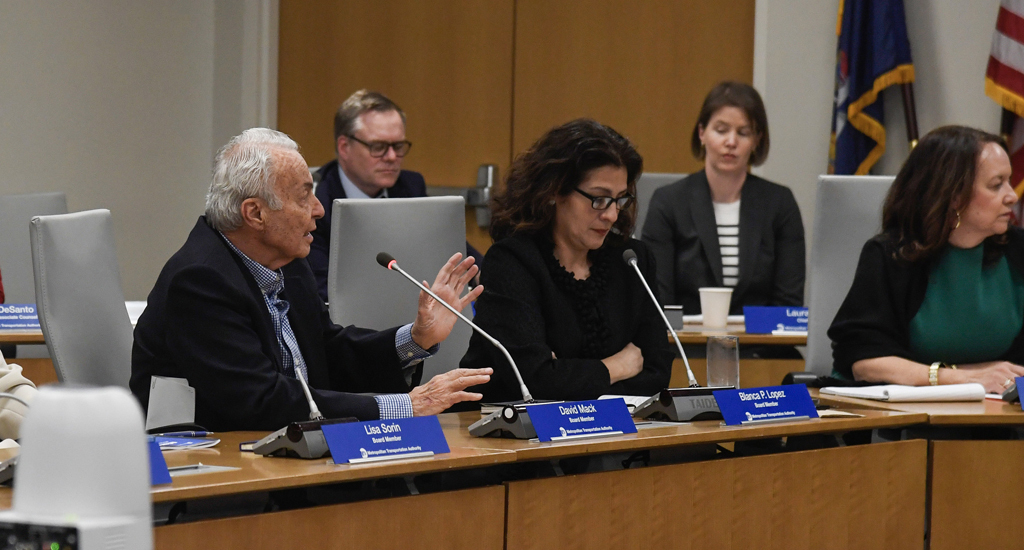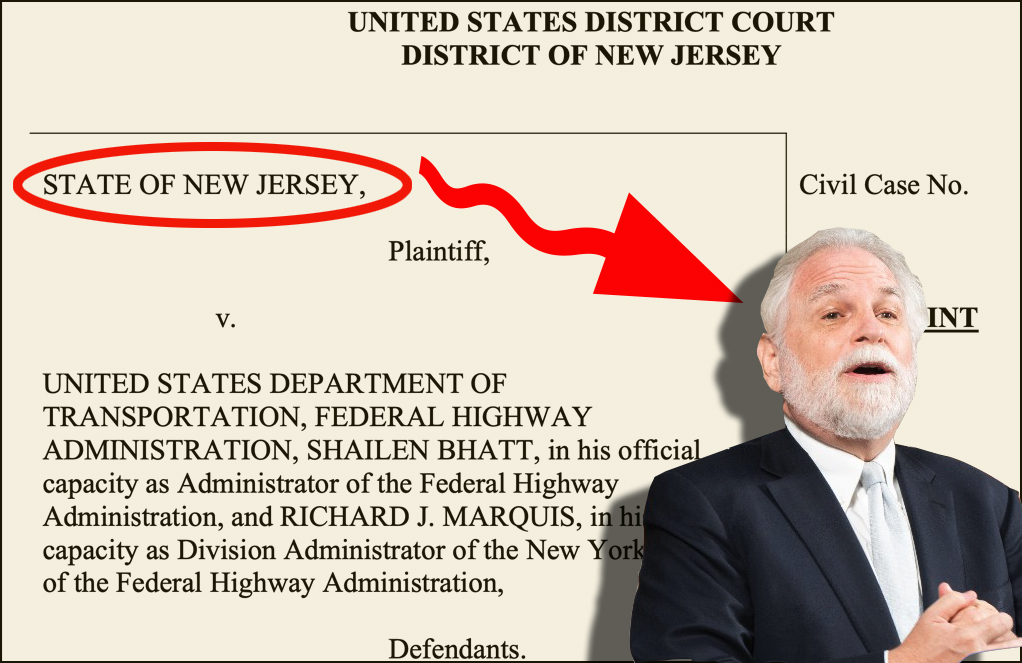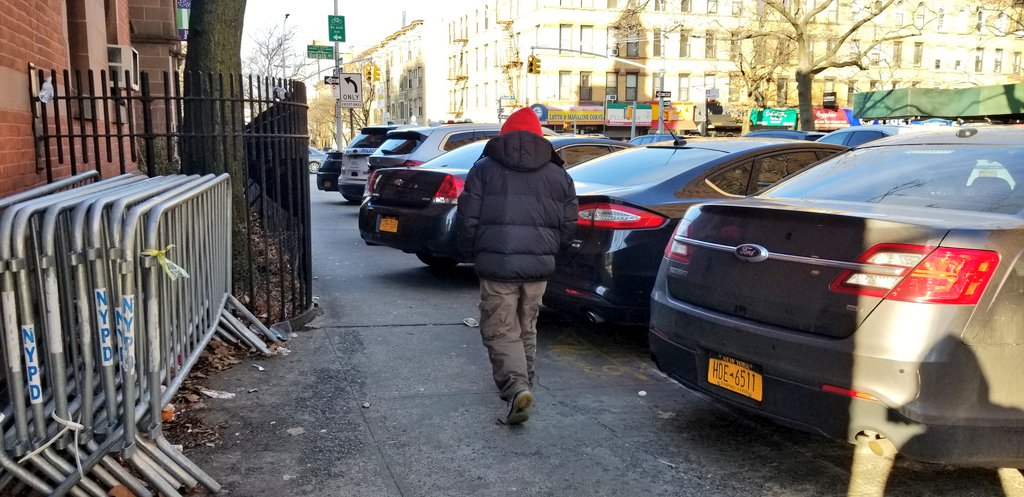Talking Planning, Diversity, and Cycling With the Women Behind Velo City
3:47 PM EDT on June 29, 2010
Naomi Doerner, Samelys Lopez, and Karyn Williams are planners, New Yorkers, and cyclists who set out about a year ago to change their profession. Responding to the lack of diversity in the planning and design fields -- and within the bicycling community -- the three of them formed the non-profit Velo City last September. Their goal is to introduce young people from diverse communities to the fields of urban planning and design, using cycling as a gateway.
 The Velo City founders, ready to ride. Left to right: Samelys Lopez, Karyn Williams, Naomi Doerner.
The Velo City founders, ready to ride. Left to right: Samelys Lopez, Karyn Williams, Naomi Doerner.How, you ask? Doerner is a transportation planner, Lopez a project manager for an affordable housing organization, and Williams a landscape architect. They've been through the gauntlet of professional training and navigated the early phases of their careers in planning and design. This summer they will also be teachers, leading high school students from the Lower East Side through a curriculum they call "Bikesplorations," which they're putting on with support from Recycle-a-Bicycle.
On seven Saturday sessions, equipped with orange Batavus bicycles donated by the Dutch government, they will bike the streets of the LES and visit different public spaces -- connecting planning concepts to places the students encounter in their daily lives. They hope to open students' eyes to career options they may not otherwise encounter until a later age. (Velo City is in the home stretch of a fundraising drive to provide the students with stipends for the summer -- you can help put them over the top here.)
Doerner, Lopez, and Williams recently sat down with Streetsblog to talk about Bikesplorations, why they banded together, and their goals for Velo City. Here's what they had to say.
Ben Fried: So tell me a little bit about how Velo City got started. Where did the idea come from?
Karyn Williams: Samelys and I met and we’d been going on bike rides, and we were discussing that we were all urban planners and wanted to do something different. And through our bike riding, we’d go on rides to different neighborhoods, exploring the city, and we decided that we wanted to give back to the community. And we noticed that one way we thought we could do it was through urban planning and through cycling. So we came up with the program, the idea to introduce students to issues of urban planning and design through cycling.
Naomi Doerner: We thought there really was no better way to see our city, learn about the city, explore the city than to access it quickly and sustainably on a bike. So that was really the impetus. We began researching groups that do cycling programs for youth, and we didn’t really find any that were specifically focusing on urban planning. We found advocacy groups, we found groups that focused on bicycle maintenance. And they were all really interesting, but we kind of thought there was this other component. And what we could offer, in terms of our skills and knowledge base, was planning and design.
KW: I guess I should also say that another impetus for it was that we noticed there wasn’t much diversity, one, in our chosen profession of urban planning, and also in terms of the cycling community here in New York. So that was one of the things we also wanted to address through our program, to target under-served communities and under-served youth.
BF: Tell me about the curriculum. How do you make that connection between the activity of cycling and the discipline of urban planning?
Samelys Lopez: The curriculum is geared towards exposing kids to urban planning and community development. Every week, we’re going to have guest lecturers come and introduce different topics, because really the purpose is to introduce students to these issues so that they can become active, engaged citizens in their community and effect change. We are trying to inspire them to make change in their communities through urban planning and social justice.
KW: The theme for this session is going to be public space. So the first two weeks we will look at public space as it relates to parks, what we traditionally think of as public spaces. And then other days we’ll be looking at NYCHA housing and the tower-in-the-park, and how the buildings relate to the public space.
SL: While we know a lot of kids cycle, we really wanted to have them see things from this urban planning bent. The whole purpose of what we’re trying to do is introduce urban planning and community development at an early age, so that they can consider urban planning as a profession.
BF: You mentioned one of the impetuses behind the program is the lack of diversity in the urban planning field. If we had a more diverse planning profession, do you think the product or the process of planning would change?
SL: It is interesting because I find Naomi and I kind of bonded in graduate school because we took these urban planning classes, but we felt like the professors weren’t necessarily addressing the issues that affected our communities the most. And when you would bring up these issues people did not feel comfortable talking about it. Even though the program was housed in the school of public service.
BF: What issues weren’t people comfortable with?
SL: I think issues of race, class and diversity and how that affects things like affordable housing, economic development.
ND: They were talked about, but the discussions would unfold around these very controlled topics, like people really couldn’t venture out to say or talk the way that they felt. We could see that there was a lot of holding back from the program administration, and from the students.
Also, we were in a minority in our program, and one of the reasons I came to New York City is because it is the cultural mecca of our country. I thought that going to planning school here would be representative of the diversity in the city. And I found, sadly, that it wasn’t.
And we thought, “What if there weren’t as many barriers to access information about urban planning? What would communities look like then?” Just as you were saying: how would development unfold if more communities of color were actually participating and making decisions about their own communities? And we think it would be very different, so we’re trying to do that.
KW: I had a bit of a different experience, working in planning and in the design field as well. I worked in Baltimore City for a while as a community planner, and I sort of felt that I was hired to represent an African American community -- in a little bit of tokenism because it felt like nobody else wanted to touch it. It was like, “Let’s put Karyn in there.”
It was a huge project I was working on, and I’m like 24 and I’m managing a multi-million dollar project which really should have been left up to a senior planner. But I felt that everyone was scared of that base issue and didn’t want to touch it, so they’re like ‘Let’s put Karyn in there’ in a situation where I was well over my head. And that speaks to a larger societal issue, where people feel in order to relate to another group you must be from that group. And on some level it is true and on some level it is not necessarily true, but...
ND: We just need to be able to talk about it.
KW: From the design perspective and the design field, people sometimes think that architects or landscape architects, they really just work for huge developers doing condos or rooftop gardens. It doesn’t seem that there are other facets to the professions and that design can be used as a tool for advocacy. I almost feel that if the design professions are to remain relevant to a larger group of people, I think we need to encourage more diversity.
ND: Karyn and I went to the Academy for Urban Planning -- They had a career day so we went. The Academy for Urban Planning is a high school in Bushwick, Brooklyn. And they do all of their education just like a normal public school, but they do it through urban planning. Math, science, all through the same lens of urban planning. So we went and presented what we do on a day-to-day basis.
The kids were kind of like, ‘Wow,’ because we showed all these different models and schematics. And one of the questions that a girl asked, who was very interested, she said, ‘So how long did you have to go to school for that?’ And this really speaks to our point.
We said, "Well, a lot, but it doesn’t mean that you have to go to school for the whole time. You can become involved in your community and work on things like this if you think this is what you want to do. We just didn’t find out about it until much later." Then she said, "How much math do you have to do?" [Laughs]
But it was a great experience because a lot of young people, particularly young people from diverse communities, they don’t even know this is a possibility. And I think that is really what we want to do, we want to present these opportunities. We really want them to know, “Yes, we did, and you can, and you will if you want to, and we will support you. Let us know how.”
SL: I feel like youth really want to get involved with their communities and they want to have a voice and they want to effect change, but they may not know the best way to go about it. Like when we discovered urban planning at a later age in life we realized wow, you can pursue this as a profession and you can make changes this way. And it would be great to have youth feel the same way and feel just as empowered.
BF: On the bicycling side of things, in your experience has the bike advocacy community seemed like it is not as expansive as it could be?
KW: I moved to New York about three years ago from Toronto, and I never learned how to drive until I was 25, so I always just rode my bike and it was never a big deal. When I moved to New York everyone was saying, "You ride a bike? I didn't know you were that kind of person." One friend said, "I didn’t think you were that cool." I’m like, "How does riding a bike make you cool? It is just something you do."
I have noticed that there is a different culture here around bike riding that hasn’t existed in other places where I have lived, or that I have noticed.
ND: I think that with the infrastructure you are starting to see different types of riders, but I think the diversity within the cycling community in and of itself, we think that it could use a boost. But I mean any progress is good progress. One really cool thing about the Lower East Side: There are a lot of inter-generational riders. There is a whole host of Asian Americans and Puerto Ricans and they are older, they are seniors. And yeah, I like that, especially on the Lower East Side, but I don’t think New York as a whole -- it is a very, very diverse place but...
SL: It would be great to bring those different sub-cultures of cyclists together, if they can ride together and just explore different aspects of the culture that makes them similar.
BF: What is the next planning or transportation project, big or small, that you would really like to see in New York?
KW: We would like to see, similar to how they have Walk Score, we would love to see something that talks about how livable is your neighborhood, which includes not only walkability but bikeability, transportation, public space, parks -- a comprehensive study.
ND: It would definitely be a technical, GIS-based project. We would really love to take maybe the Lower East Side or a small subsection of New York and do something like that and then have it expanded. We have talked to a couple of organizations about the possibility of doing that.
BF: So we’re talking about a neighborhood map, where you can add layers to show where certain qualities are lacking or something like that?
ND: Like a web-based map similar to Walk Score, where you could put a location in or your address. So then based on maybe a certain radius, take all these different layers or components and run it through this algorithm that would then give you an index or score for livability, and use that as an advocacy tool, really, to say, "Hey look, there is an issue with safety here. And even though you have all these great things going on there is a problem, so maybe you need to work on that.:
KW: I’d love to see, on a different note, just the East Side connected and be able to ride all the way down around Manhattan on an off-road bike path basically connecting the Hudson River to the East River.
BF: So what happens after the summer? What's next?
ND: There is talk of a summit. I’m not going to go any further, but there is talk of a summit.
KW: A bike summit.
ND: I guess it has got to do with bikes, right? Yeah, there is talk of a summit.
KW: But in terms of Velo City we do want to keep going.
SL: And expand it potentially to every neighborhood in New York.
ND: We’d love for Velo City to be in every city. Not necessarily us, but open source. We want other places to do this because we think it is needed everywhere.
Stay in touch
Sign up for our free newsletter
More from Streetsblog New York City
Thursday’s Headlines: Welcome to the War on Cars, Scientific American
Our favorite story yesterday was this editorial in an unexpected place. Plus other news.
Meet the MTA Board Member and Congestion Pricing Foe Who Uses Bridges and Tunnels For Free Every Day
Mack drives over the transportation authority's bridges and tunnels thanks to a rare perk of which he is the primary beneficent.
Randy Mastro Aspires Join Mayor’s Inner Circle of Congestion Pricing Foes
The mayor's reported pick to run the city Law Department is former deputy mayor under Rudy Giuliani and notorious foe of bike lanes and congestion pricing.
Donald Shoup: Here’s a Parking Policy That Works for the People
Free parking has a veneer of equality, but it is unfair. Here's a proposal from America's leading parking academic that could make it more equitable.
Brooklyn Civic Panel Can’t Agree How to Solve NYPD Sidewalk Parking
Move the illegal sidewalk parking or denounce it altogether?




